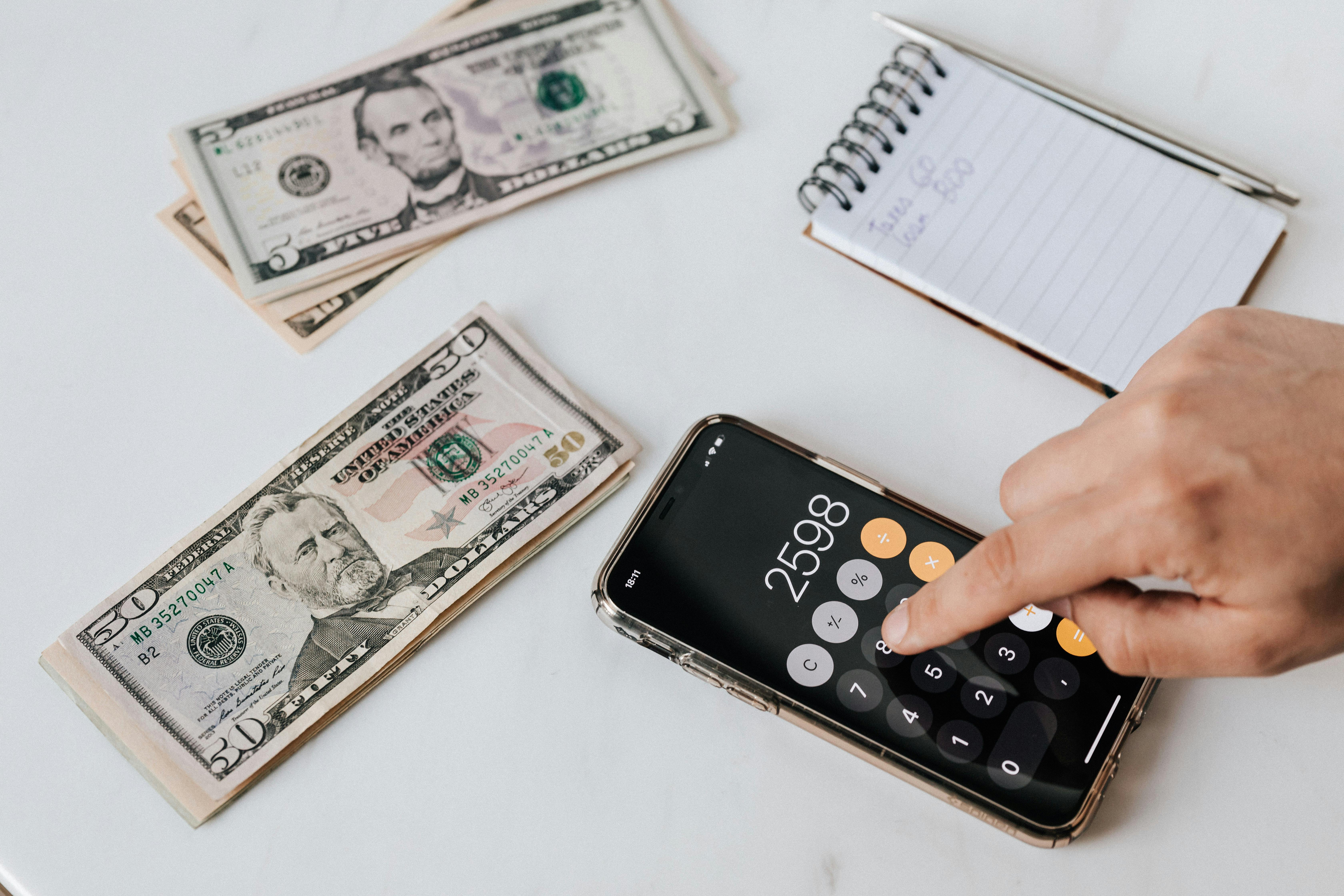Series A Metrics: The KPIs You Need to Hit to Raise Your Next Round
Date : 2 September 2025 at 6:18 am

You’ve successfully raised a Seed round. You found early signs of product-market fit, built a core team, and landed your first set of customers. Now, you’re looking ahead to the next major milestone: raising a Series A.
But be warned: the game has changed. The metrics and storytelling that secured your Seed funding are no longer enough. Series A investors operate on a different level of scrutiny. They are looking for concrete, quantitative evidence that you have built a repeatable, scalable, and profitable business engine.
So, what does "good" look like in 2025? This guide breaks down the essential KPIs that top-tier VCs will analyze to determine if you’re truly ready for a Series A investment.
TL;DR: Key Takeaways
The Magic Number: While $1M in Annual Recurring Revenue (ARR) is the traditional benchmark, the quality and growth of that revenue are far more important than the number itself.
Growth is Non-Negotiable: VCs are buying future growth. The gold standard is 3x year-over-year growth or a sustained 15-20% month-over-month growth.
Prove the Business Model Works: Strong unit economics, especially an LTV to CAC ratio of 3:1 or higher, are essential. You must prove that you can acquire customers profitably.
Retention is the Strongest Signal: Net Revenue Retention (NRR) over 100% shows that your product is sticky and that your existing customers are a source of growth.
The 6 Core Metrics for Your Series A
While every business is unique, VCs will anchor their analysis on these six key performance indicators (KPIs) for a B2B SaaS company.
1. Annual Recurring Revenue (ARR) 📈
What it is: The predictable revenue your business earns from subscriptions over a year. It's the North Star metric for any SaaS company.
Why VCs care: It demonstrates scale and market validation. It’s the foundational number from which all growth is measured.
The Benchmark: The classic target for a Series A is $1 million to $1.5 million in ARR. However, a company at $750k ARR but with explosive growth and stellar unit economics might be more attractive than a company at $1.5M ARR that is growing slowly.
2. Revenue Growth Rate 🚀
What it is: The speed at which your ARR is increasing. This can be measured month-over-month (MoM) or year-over-year (YoY).
Why VCs care: This is arguably the most important metric. VCs are investing in outliers, and a rapid growth rate is the clearest sign of a massive market pull and a product that is taking off.
The Benchmark: The elite "T2D3" path (Triple, Triple, Double, Double, Double) starts here. VCs are looking for 3x year-over-year growth. On a monthly basis, they want to see a sustained 15-20% MoM growth for at least six consecutive months.
3. Gross Margin 💰
What it is: The percentage of revenue left after accounting for the cost of goods sold (COGS). For SaaS, COGS includes expenses like hosting, third-party API costs, and customer support.
Why VCs care: It indicates the core profitability of your product. A high gross margin means your business can scale efficiently without costs ballooning alongside revenue.
The Benchmark: For a software company, a gross margin of 75% or higher is the standard. Anything below 60% will raise serious questions.
4. Unit Economics (LTV:CAC Ratio) ⚖️
What it is: The ratio between your Customer Lifetime Value (LTV) and your Customer Acquisition Cost (CAC). In simple terms: how much is a customer worth over their lifetime versus how much it costs to acquire them?
Why VCs care: This ratio is the fundamental equation of your business model. If your LTV isn't significantly higher than your CAC, you have a leaky bucket, not a scalable business.
The Benchmark: A healthy LTV:CAC ratio is 3:1 or higher. A ratio of 5:1+ is exceptional and indicates a highly efficient go-to-market engine.
5. CAC Payback Period ⏳
What it is: The number of months it takes to earn back the cost of acquiring a new customer, calculated using their gross margin contribution.
Why VCs care: It’s a direct measure of capital efficiency. A shorter payback period means you can recycle capital faster to fund new growth, reducing your burn rate.
The Benchmark: For companies selling to SMBs, a payback period of under 12 months is considered excellent. For mid-market or enterprise, where deals are larger, a period of up to 18 months can be acceptable.
6. Net Revenue Retention (NRR) ♻️
What it is: NRR measures the total recurring revenue from a starting cohort of customers a year later, accounting for upgrades (expansion), downgrades, and churn.
Why VCs care: It is the single best indicator of product-market fit and customer satisfaction. An NRR over 100% means your business grows even if you don't acquire a single new customer, thanks to expansion revenue from your existing base. This is the hallmark of a truly great SaaS product.
The Benchmark: 100%+ is good. 120%+ is great. 140%+ is considered elite and will get the attention of every top-tier VC.